Gotovina trial: 13,000 Serb houses burned
The Hague trial of three former Croatian generals continued yesterday with testimony from a prosecution witness.
Friday, 02.05.2008.
12:08

The Hague trial of three former Croatian generals continued yesterday with testimony from a prosecution witness. Kari Anttila, a Norwegian who was a member of the UN military observer team in Sector South in Krajina from August 14 to December 10, 1995, took the stand in the trial of Ante Gotovina, Mladen Markac and Ivan Cermak, who are accused of war crimes against ethnic Serbs in Croatia. Gotovina trial: 13,000 Serb houses burned Anttila told the court one of his tasks was to set up a computer data base of the population remaining in Sector South and the houses destroyed in the course of Operation Storm and in its aftermath. Based on the information sent daily to the UN headquarters in Knin by the military observers, Human Rights Action Team patrols and the UN Civilian Police, in September, October and November 1995 Anttila drafted summary reports on what those teams had found in the field. According to the final report from 4 November 1995, the UN patrols visited a total of some 22,000 houses in towns, villages and hamlets in Sector South. Eight thousand were completely destroyed, and nine thousand sustained some damage. The most common cause of destruction or damage was fire: the UN patrols registered 13,000 houses that had been burned down. According to the UN reports, sixty nine houses in Knin itself were totally destroyed and 591 were partially damaged. The witness estimated that 40 percent of them were destroyed or damaged in the shelling on August 4 and 5, 1995. On August 17, 1995, together with his colleague from Norway, Tor Munkelien, who gave evidence two weeks ago, Anttila took part in the analysis of the craters left by six projectiles fired from a multiple rocket launcher. He also took part in the preliminary assessment of the damage caused by the shelling of Knin. According to this estimate, the shelling of Knin was focused on military targets; the civilian buildings that were hit were located in the vicinity of military targets. In other parts of the town where there were no military targets only three to five civilian facilities were hit. Same as Munkelien two weeks ago, today Anttila described this estimate as perfunctory and hasty; its conclusion was wrong. On August 17 they did not have access to some parts of town because the rubble had not been cleared away yet. Further checks showed that other civilian buildings had been hit. Anttila’s cross-examination by Greg Kehoe, Gotovina’s defense counsel, was reminiscent of the way he cross-examined Munkelien two weeks ago. He challenged Anttila’s expertise for crater analysis and recognition of artillery weapons, because the witness is a construction engineer by profession. Kehoe tried to prove that the unexploded round found at the scene was not launched from an M-63 launcher used by the Croatian Army but from an M-77 launcher used by the Serbian forces in Krajina. Kehoe noted that in Knin there were considerably more military targets than the witness thought during the first days of his tour of duty in Krajina. At the time the witness thought the so-called Northern barracks was the only military target.
Gotovina trial: 13,000 Serb houses burned
Anttila told the court one of his tasks was to set up a computer data base of the population remaining in Sector South and the houses destroyed in the course of Operation Storm and in its aftermath.Based on the information sent daily to the UN headquarters in Knin by the military observers, Human Rights Action Team patrols and the UN Civilian Police, in September, October and November 1995 Anttila drafted summary reports on what those teams had found in the field.
According to the final report from 4 November 1995, the UN patrols visited a total of some 22,000 houses in towns, villages and hamlets in Sector South. Eight thousand were completely destroyed, and nine thousand sustained some damage. The most common cause of destruction or damage was fire: the UN patrols registered 13,000 houses that had been burned down.
According to the UN reports, sixty nine houses in Knin itself were totally destroyed and 591 were partially damaged. The witness estimated that 40 percent of them were destroyed or damaged in the shelling on August 4 and 5, 1995.
On August 17, 1995, together with his colleague from Norway, Tor Munkelien, who gave evidence two weeks ago, Anttila took part in the analysis of the craters left by six projectiles fired from a multiple rocket launcher. He also took part in the preliminary assessment of the damage caused by the shelling of Knin.
According to this estimate, the shelling of Knin was focused on military targets; the civilian buildings that were hit were located in the vicinity of military targets. In other parts of the town where there were no military targets only three to five civilian facilities were hit.
Same as Munkelien two weeks ago, today Anttila described this estimate as perfunctory and hasty; its conclusion was wrong. On August 17 they did not have access to some parts of town because the rubble had not been cleared away yet. Further checks showed that other civilian buildings had been hit.
Anttila’s cross-examination by Greg Kehoe, Gotovina’s defense counsel, was reminiscent of the way he cross-examined Munkelien two weeks ago. He challenged Anttila’s expertise for crater analysis and recognition of artillery weapons, because the witness is a construction engineer by profession.
Kehoe tried to prove that the unexploded round found at the scene was not launched from an M-63 launcher used by the Croatian Army but from an M-77 launcher used by the Serbian forces in Krajina. Kehoe noted that in Knin there were considerably more military targets than the witness thought during the first days of his tour of duty in Krajina. At the time the witness thought the so-called Northern barracks was the only military target.


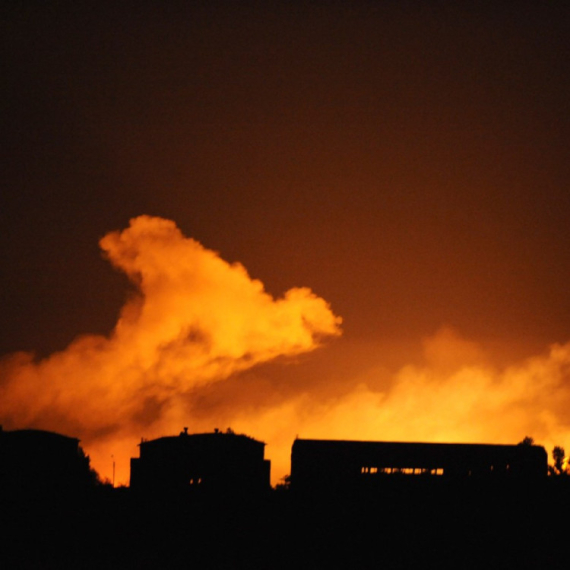

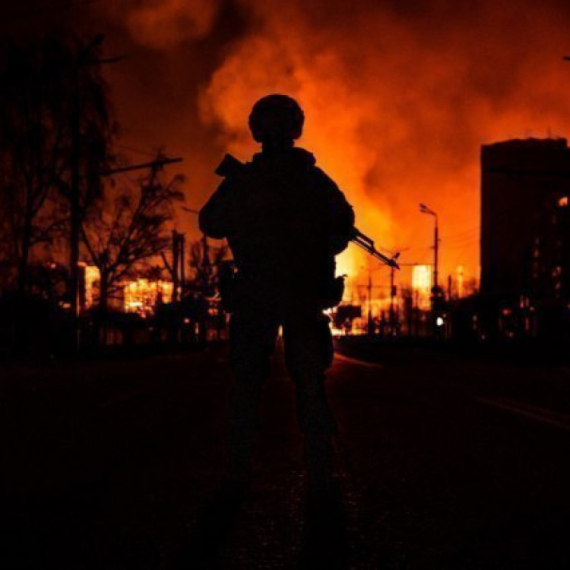
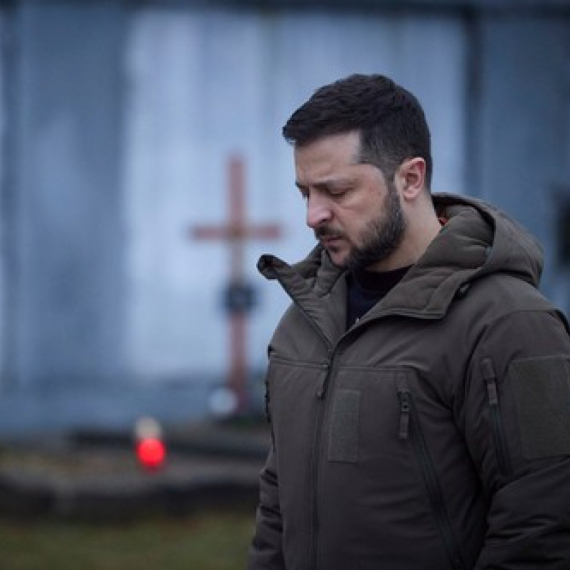









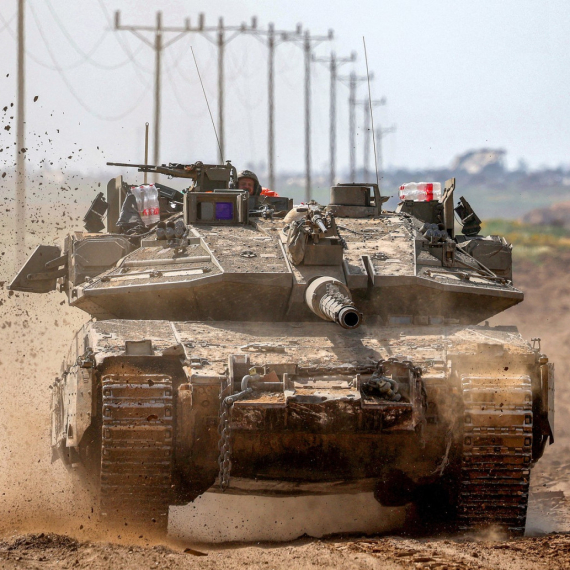
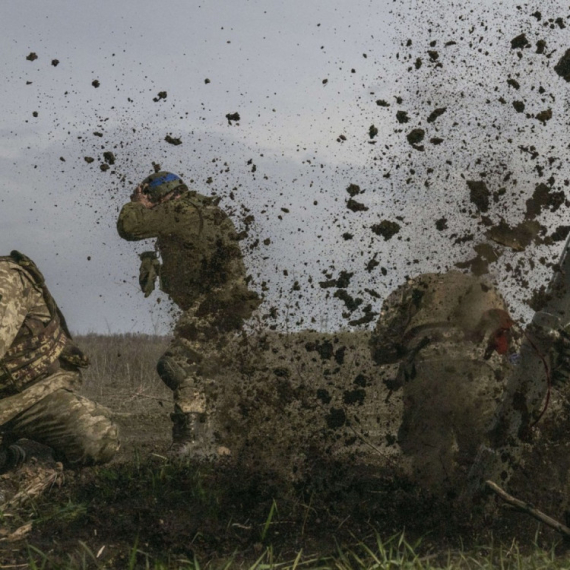
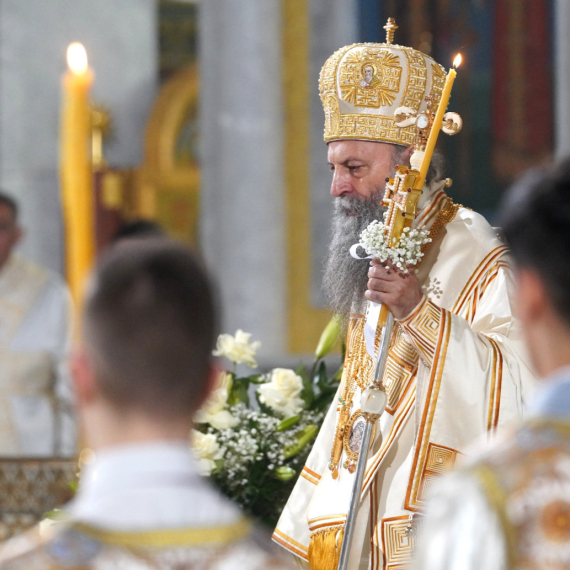
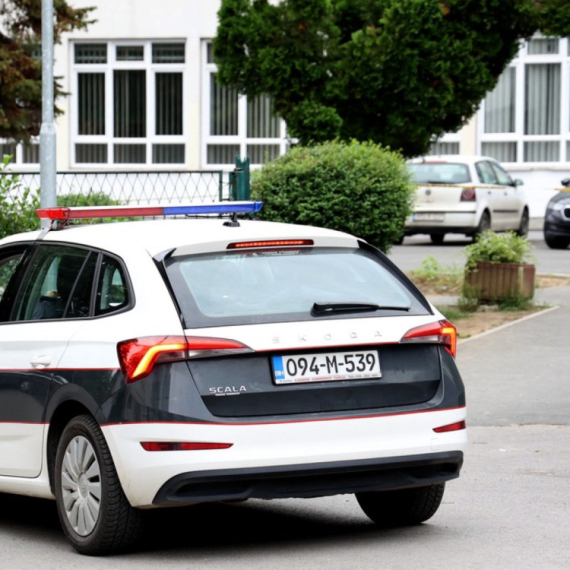









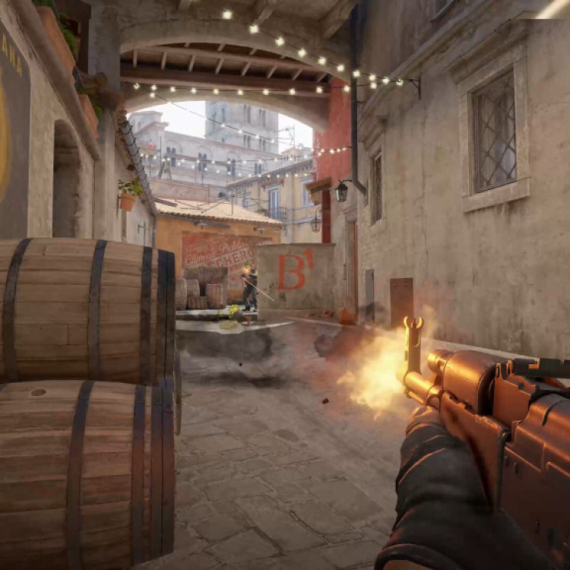
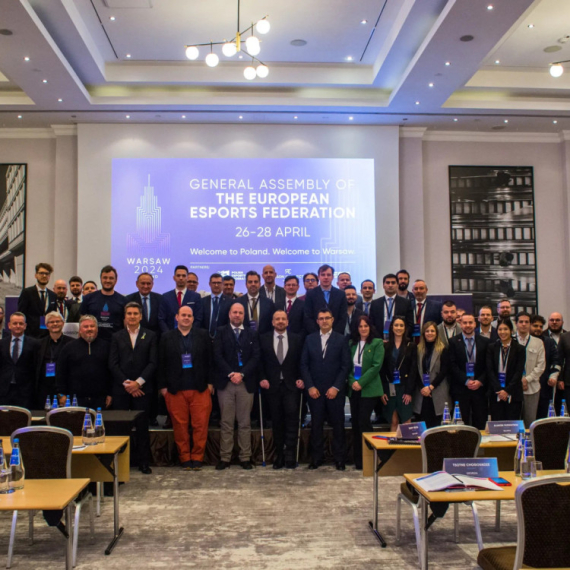
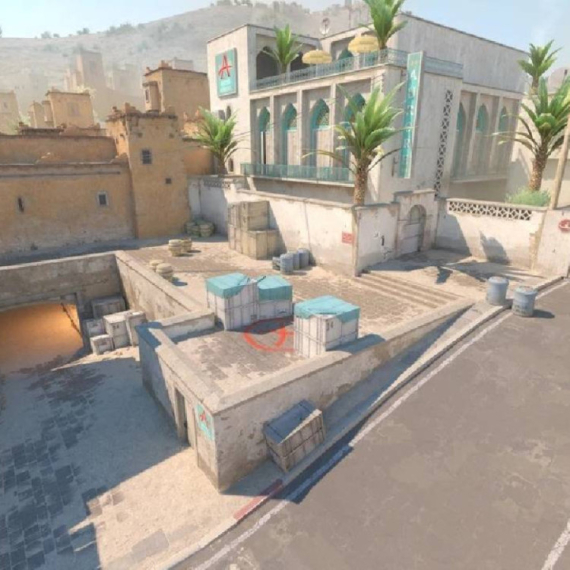



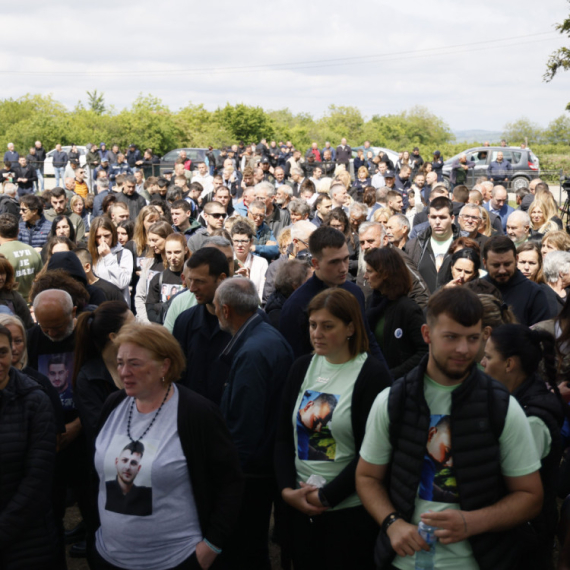
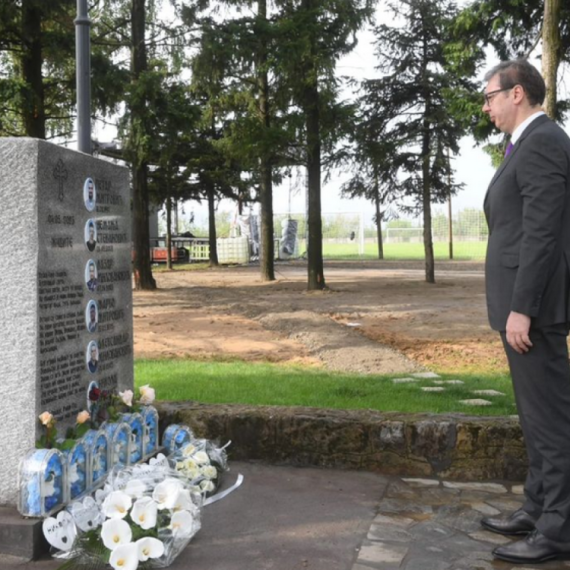
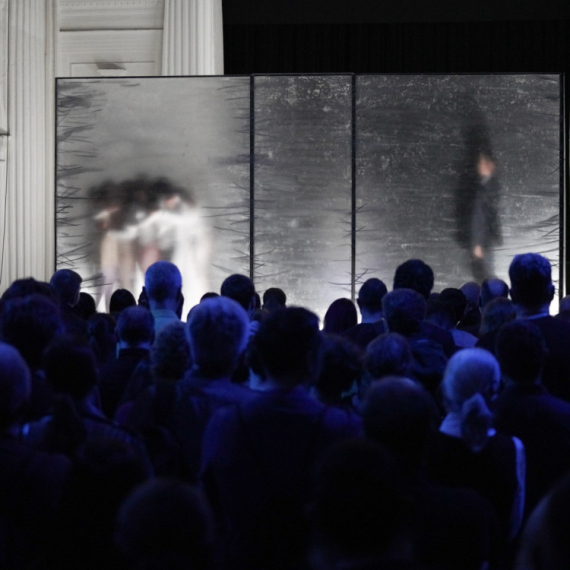
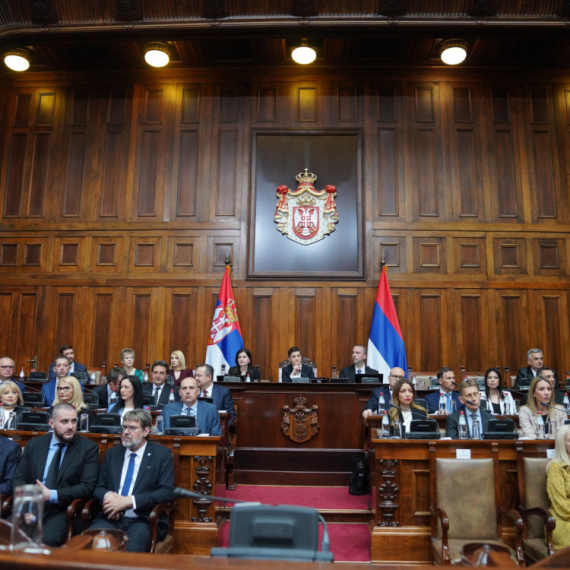










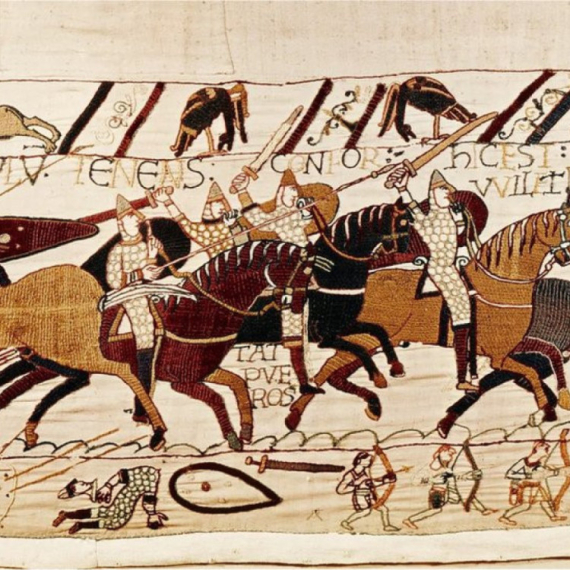


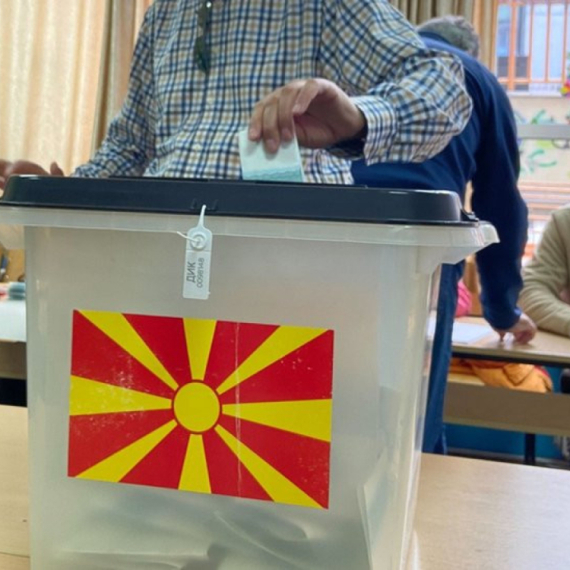

Komentari 14
Pogledaj komentare